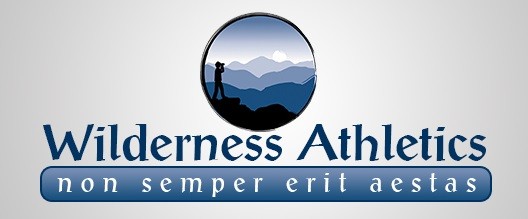There are only three sports: bullfighting, motor racing, and mountaineering; all the rest are merely games.
― Ernest Hemingway
Hemingway has long been one of my favorite writers. He was a soldier, a big-game hunter, a mercenary, a whiskey drinker, and in general one of the most manly men that has ever lived. If Hemingway was interested in it, then it was probably an amazing adventure (except for suicide – which is a sad, sad ending).
I have always enjoyed the above quote by Hemingway, but despite my greatest attempts I just cannot get into motor sports (neither can I tolerate bullfighting – no effort required – but I cannot argue with the classical manliness thereof). Whether NASCAR, F1, dirt bikes or drag racing, I just do not see such activities as being sports. Competitions perhaps. But I would probably classify them with darts and billiards (and in so doing, tick off several thousand more potential readers). Sports have to be far more carnal to me. Blood, bone, and sweat. Physical discipline is a must, and should have some carryover to other sports. I will probably dedicate an entire post to this very idea in the future, but for now, let me get to my thesis.
What the Wilderness Means
Mountaineering is far more up my alley. You against the wild, with nothing more than you can carry on your back. Summer or winter; on foot or skis or mountain bike; army rucking with more than a hundred pounds, or running with little more than a water purifier. When you are done, you have won. You are a better human. Hopefully, you come back for more, because there is a lot more wilderness out there.
Being more physically capable will make your experience better. There will be fewer challenges, fewer distractions. Your enjoyment will increase, as will your confidence. This is the objective of Wilderness Athletics – to make you stronger and fitter for your adventures. It is fitness programming with the uncertainty of the outdoors in mind.
Every outdoors man or woman will tackle the wilderness in their own way, so there are plenty of opportunities to customize Wilderness Athletics. During the two weekly outdoors sessions, you will have an invitation to practice a specific movement related to your sport. For example: tomorrow will feature a skill movement, “Overhead Work”. This is your chance to apply it directly to your circumstances. Therefore, a mountain biker might practice riding or running with his bike, then picking it up to clear a obstacle with it. Sometimes on one shoulder, sometimes with both arms locked out overhead. Repeat 5-10 times during your warm-up. If you have an upcoming portage trip (hopefully I do at the end of August in Algonquin), practice that awkward movement with your canoe or kayak. Even rescue workers or hikers can do something with their pack or a bundle of rope; picture yourself fording a river and keeping your pack dry by holding it over your head. Trust me, these uncomfortable movements occasionally come up when you venture out of doors.
On the weekend, there is an endurance session. Again, that concept is relative to your sport. A rock climber will probably want to get out onto a mountain or boulder, so this is the occasion to put in a lot of time. It probably won’t be anything fancy, but the hours will increase your endurance. A search and rescue worker (SAR) might go for a long ruck, or perhaps a jog to build to a certain distance. This will build operational capacity, and will help in emergency situations. Make it fit your needs, and be a Wilderness Athlete with your specialization.
